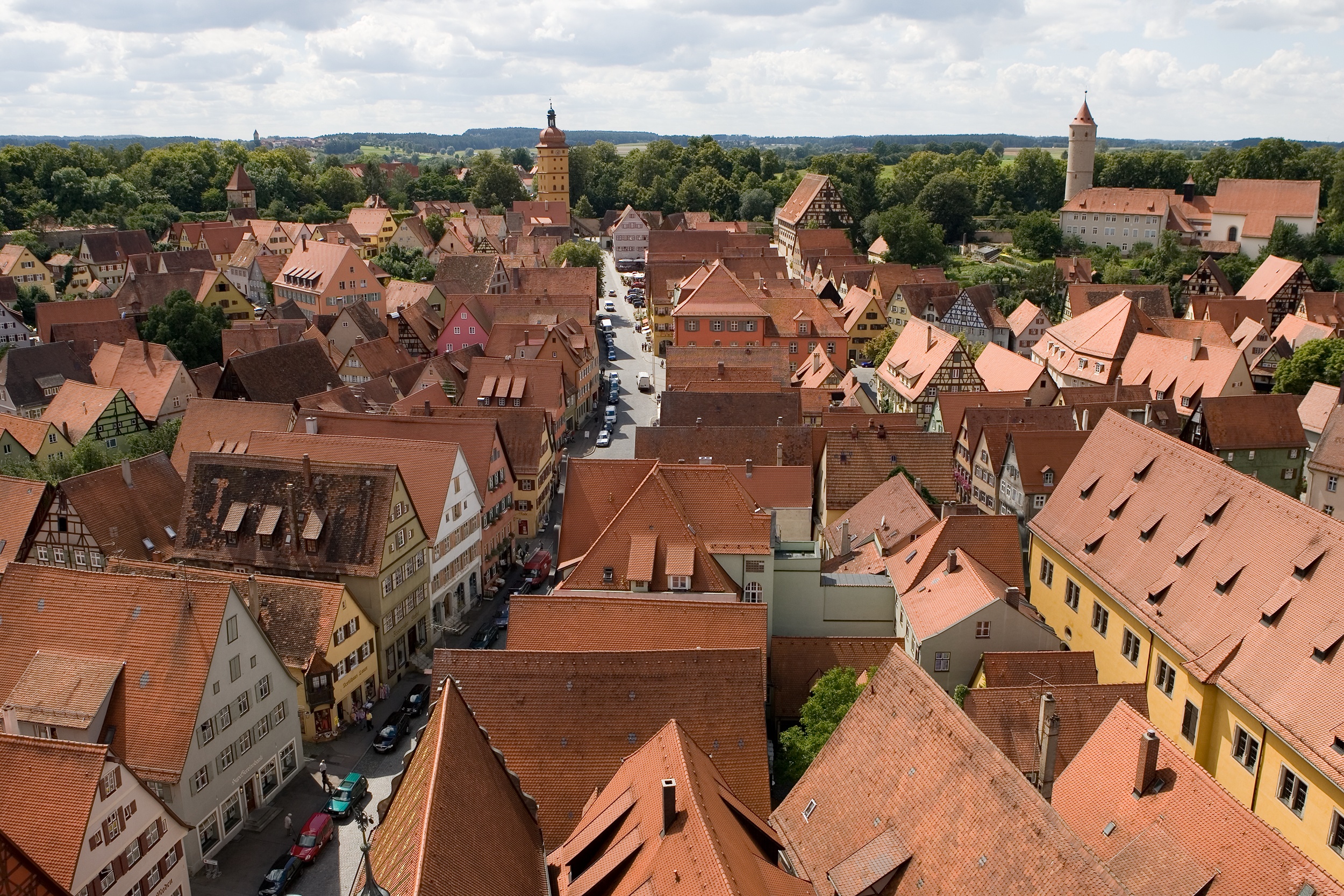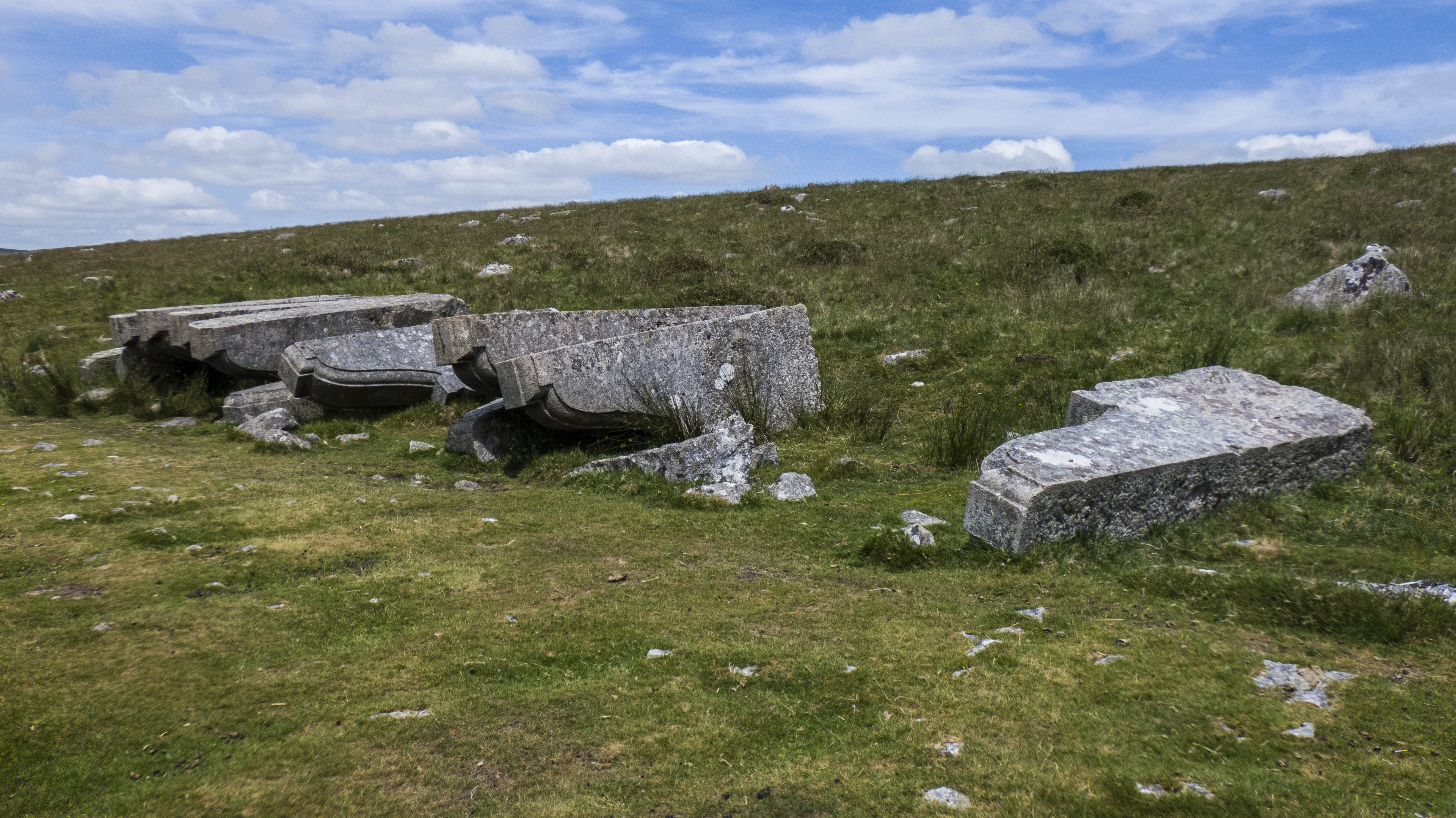|
Ingleholme
''Ingleholme'' is a heritage-listed residence at 17 Boomerang Street, in the Sydney suburb of Turramurra in the Ku-ring-gai Council local government area of New South Wales, Australia. It was designed by Sir John Sulman and built from 1895 to 1896. It is also known as ''Ingleholme'' and Garage. It was added to the New South Wales State Heritage Register on 2 April 1999. History Turramurra Turramurra is , above Pymble and from the Sydney central business district. It has an average of of rain per annum, one of the highest for the Sydney metro area. It has a population of close to 11,000 and an area of . It is bordered on one end by the Ku-ring-gai Chase National Park and on the other by Lane Cove National Park. Originally a timber-getting area, European settlement begun in 1822 until after 1850 when orchardists came to occupy extensive landholdings producing a variety of citrus and other fruits including persimmons, custard apples and Chinese pears. The Turramurra rail ... [...More Info...] [...Related Items...] OR: [Wikipedia] [Google] [Baidu] |
Turramurra, New South Wales
Turramurra is a suburb on the Upper North Shore of Sydney, in the state of New South Wales, Australia. It is located north-west of the Sydney central business district, in the local government area of Ku-ring-gai Council. It shares the postcode of 2074 with the adjacent suburbs of North Turramurra, South Turramurra and Warrawee. History Turramurra is an Aboriginal word which is thought to mean either ''high hill'', ''big hill'', ''high place'', or ''small watercourse''.McCarthy; 1963, cited in The Aboriginal reference of high hill covered the range from Pymble to Turramurra. Early European settlers referred to the area as Eastern Road. The district was originally known as Big Island, Vanceville and Claraville (after names of estates or grants), and further north as Tulip Scrub from the large number of tulips or waratahs there. Turramurra means "high hill" or "big hill". It was also known as Irish Town. More than 100 years ago remnants of a tribe of aboriginal people p ... [...More Info...] [...Related Items...] OR: [Wikipedia] [Google] [Baidu] |
John Sulman
Sir John Sulman (29 August 1849 – 18 August 1934) was an Australian architect. Born in Greenwich, England, he emigrated to Sydney in 1885. From 1921 to 1924 he was chairman of the Federal Capital Advisory Committee and influenced the development of Canberra. Early life Born in Greenwich, England, Sulman was educated at the Greenwich Proprietary School and in 1863 passed the Oxford junior examination. After his family moved to Croydon next year, he was articled to Thomas Allom, a London architect. He learned the use of oils and watercolour, and executed perspective drawings for Sir George Gilbert Scott. Following illness, Sulman resumed work in London in 1868. While articled to H. R. Newton, he attended classes at the Architectural Association and at the Royal Academy of Arts, winning the Pugin travelling scholarship in 1871. After travelling through England and Western Europe Sulman began practising as an architect in London and designed among other buildings a large nu ... [...More Info...] [...Related Items...] OR: [Wikipedia] [Google] [Baidu] |
Ku-ring-gai Council
Ku-ring-gai Council is a local government area in Northern Sydney ( Upper North Shore), in the state of New South Wales, Australia. The area is named after a fictional Aboriginal language group. Major transport routes through the area include the Pacific Highway and North Shore railway line. Because of its good soils and elevated position as part of the Hornsby Plateau, Ku-ring-gai was originally covered by a large area of dry sclerophyll forest, parts of which still remain and form a component of the Ku-ring-gai Chase National Park. There are also many domestic gardens in the residential parts of Ku-ring-gai. The Mayor of Ku-ring-gai Council is Cr. Christine Kay, an Independent Liberal politician, elected from amongst her follow councillors in November 2024. The council comprises an area of 86 square kilometres (33 sq mi), and as at the 2021 census, had an estimated population of 124,076. Ku-ring-gai is the most advantaged area in Australia to live in, at the top of the Index ... [...More Info...] [...Related Items...] OR: [Wikipedia] [Google] [Baidu] |
Marseilles Tile
Roof tiles are overlapping tiles designed mainly to keep out precipitation In meteorology, precipitation is any product of the condensation of atmospheric water vapor that falls from clouds due to gravitational pull. The main forms of precipitation include drizzle, rain, rain and snow mixed ("sleet" in Commonwe ... such as rain or snow, and are traditionally made from locally available materials such as clay or slate. Later tiles have been made from materials such as concrete, glass, and plastic. Roof tiles can be affixed by screws or nail (fastener), nails, but in some cases historic designs utilize interlocking systems that are self-supporting. Tiles typically cover an List of commercially available roofing materials, underlayment system, which seals the roof against water intrusion. Categories There are numerous profiles, or patterns, of roof tile, which can be separated into categories based on their installation and design. Shingle / flat tiles One of the sim ... [...More Info...] [...Related Items...] OR: [Wikipedia] [Google] [Baidu] |
Septic Tank
A septic tank is an underground chamber made of concrete, fiberglass, or plastic through which domestic wastewater (sewage) flows for basic sewage treatment. Settling and anaerobic digestion processes reduce solids and organics, but the treatment efficiency is only moderate (referred to as "primary treatment"). Septic tank systems are a type of simple onsite sewage facility. They can be used in areas that are not connected to a sewerage system, such as rural areas. The treated liquid effluent is commonly disposed in a septic drain field, which provides further treatment. Nonetheless, groundwater pollution may occur and is a problem. The term "septic" refers to the Anaerobic digestion, anaerobic bacterial environment that develops in the tank that decomposes or mineralizes the waste discharged into the tank. Septic tanks can be coupled with other Onsite sewage facility, onsite wastewater treatment units such as biofilters or aerobic systems involving artificially forced aeration. T ... [...More Info...] [...Related Items...] OR: [Wikipedia] [Google] [Baidu] |
Corbelled
In architecture, a corbel is a structural piece of stone, wood or metal keyed into and projecting from a wall to carry a bearing weight, a type of bracket. A corbel is a solid piece of material in the wall, whereas a console is a piece applied to the structure. A piece of timber projecting in the same way was called a "tassel" or a "bragger" in England. The technique of corbelling, where rows of corbels deeply keyed inside a wall support a projecting wall or parapet, has been used since Neolithic (New Stone Age) times. It is common in medieval architecture and in the Scottish baronial style as well as in the vocabulary of classical architecture, such as the modillions of a Corinthian cornice. The corbel arch and corbel vault use the technique systematically to make openings in walls and to form ceilings. These are found in the early architecture of most cultures, from Eurasia to Pre-Columbian architecture. A console is more specifically an S-shaped scroll bracket in the cl ... [...More Info...] [...Related Items...] OR: [Wikipedia] [Google] [Baidu] |
Guringai
Kuringgai (also spelled Ku-ring-gai, Kuring-gai, Guringai, Kuriggai) (,) is an ethnonym misapplied to an Indigenous Australian people who once occupied the territory between the southern borders of the Gamilaraay and the area around Sydney, and a historical people with its own distinctive language, located in part of that territory. Origins of the ethnonym In 1892, ethnologist John Fraser edited and republished the work of Lancelot Edward Threlkeld on the language of the Awabakal people, ''An Australian Grammar'', with lengthy additions. In his "Map of New South Wales as occupied by the native tribes" and text accompanying it, he coined the term ''Kuringgai'' to refer to a hypothetical people he believed inhabited a large stretch of the central coastline of New South Wales. He regarded the language described by Threlkeld as a dialect of a larger language, variations of which were spoken by many other tribes in New South Wales, and, in order to define this perceived langua ... [...More Info...] [...Related Items...] OR: [Wikipedia] [Google] [Baidu] |
Pacific Highway (Australia)
Pacific Highway is a Highways in Australia, national highway and major transport route of along the east coast of Australia from Sydney to Brisbane. It is an integral part of Highway 1 (Australia), Highway 1 which circumnavigates the Australian continent. At its inception, the highway was a single carriageway between Sydney and Brisbane. In Australian culture and as a tourist drive, it remains so. Over time, segments of the highway have been relegated from the route and, or, renamed and between 1996 and 2020, the highway was upgraded to the standards of a controlled-access highway (motorway). Location Pacific Highway can be broken into the following sections: * Brisbane to New South Wales / Queensland border: completely replaced by Pacific Motorway (Brisbane–Brunswick Heads), Pacific Motorway * New South Wales / Queensland border to Brunswick Heads, New South Wales, Brunswick Heads: upgraded to motorway standard as part of the 1996 Upgrade Masterplan and renamed Pacif ... [...More Info...] [...Related Items...] OR: [Wikipedia] [Google] [Baidu] |
Lane Cove Road
Lane Cove Road is a major suburban arterial road through North Ryde in Sydney, Australia. It is a constituent part of the A3 route. Route Lane Cove Road commences at the De Burghs Bridge, crossing the Lane Cove River at Macquarie Park and connecting with Ryde Road, and heads in a southwesterly direction as a six-lane, dual-carriageway road, crossing M2 Hills Motorway, and then Epping Road at a grade-separated intersection in North Ryde shortly afterwards. Lane Cove Road terminates at the intersection of Devlin Street and Blaxland Road at Top Ryde, where the road continues south along Devlin Street. Lane Cove Road is the main access road from the central and southern suburbs of Sydney to the North Ryde/Macquarie Park commercial and industrial area, carrying a large volume of traffic and becoming very congested during morning and afternoon/evening peak hour. History The passing of the ''Main Roads Act of 1924'' through the Parliament of New South Wales provided for the dec ... [...More Info...] [...Related Items...] OR: [Wikipedia] [Google] [Baidu] |
Joseph Palmer Abbott
Sir Joseph Palmer Abbott, (29 September 184215 September 1901) was an Australian politician, pastoralist and solicitor. Early life Joseph Palmer Abbott was born on 29 September 1842 at Muswellbrook, New South Wales, to John Kingsmill Abbott, a squatter, and his wife Frances Amanda, née Brady. Abbott was educated at the Church of England school at Muswellbrook, moving to John Armstrong's school at Redfern at nine years of age, then to J. R. Huston's Surry Hills Academy and finally to The King's School, Parramatta. Upon completion of his education in 1857 he returned to the family station "Glengarry", near Wingen in the upper Hunter Valley, where his mother had gone from Muswellbrook in 1847 upon the death of his father. Work Abbott was admitted as a solicitor in 1865, and practised law in Murrurundi, specialising in land cases. He was appointed a commissioner of the Supreme Court of New South Wales, for the district of Maitland. Founding a firm, Abbott & Allan in Sydn ... [...More Info...] [...Related Items...] OR: [Wikipedia] [Google] [Baidu] |



